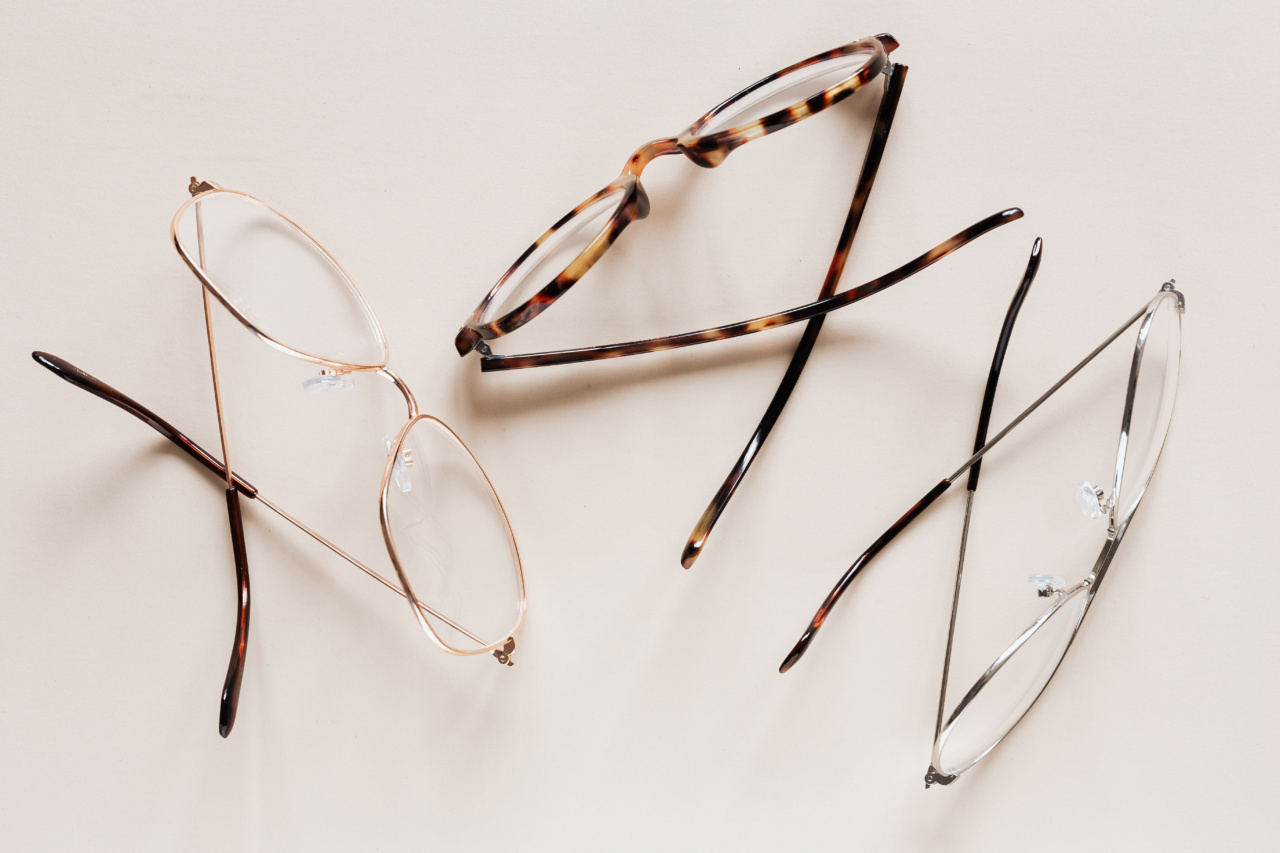In recent years, there has been a significant and alarming increase in the number of myopia cases worldwide.
Myopia, commonly known as nearsightedness, is a condition in which a person can see objects up close clearly but has difficulty seeing distant objects. It is estimated that almost half of the global population will be affected by myopia by 2050 if this trend continues. This article explores the causes, consequences, and potential solutions to address this growing concern.
What is Myopia?
Myopia is a refractive error that occurs when the eyeball is too long or the cornea (the clear front surface of the eye) has too much curvature.
As a result, light entering the eye focuses in front of the retina instead of directly on it, leading to blurred distance vision. The condition usually develops during childhood or adolescence and may progressively worsen over time.
The Rise of Myopia Cases
The prevalence of myopia has increased dramatically in recent years, particularly in East Asian countries such as China, Singapore, and Taiwan. However, it is not limited to these regions alone.
Studies have shown a significant increase in myopia rates in both developed and developing countries worldwide. This surge in myopia cases can be attributed to various factors.
Genetics
Genetics play a significant role in the development of myopia. If one or both parents have myopia, their children are more likely to develop the condition.
However, genetics alone cannot explain the rapid rise in myopia rates, as the genetic composition of populations has not changed significantly over recent decades.
Environmental Factors
Environmental factors, particularly lifestyle changes, have been identified as major contributors to the increasing prevalence of myopia.
The excessive use of electronic devices, such as smartphones, tablets, and computers, has become pervasive in modern society. Constant exposure to near work activities strains the eyes, leading to the development of myopia.
Additionally, the decreasing amount of time spent outdoors is a known risk factor for myopia. Outdoor activities expose the eyes to natural light and allow for the relaxation of the eye’s focusing mechanism.
Lack of outdoor time, especially during childhood, can disrupt this balancing effect and contribute to the development of myopia.
Near Work Activities
Engaging in prolonged near work activities, such as reading, studying, or working on a computer, without proper breaks can strain the eyes and contribute to myopia progression.
The increased demands of academic and professional life may result in excessive near work, leaving little time for relaxation of the eyes.
Screen Time and Myopia
The advent of digital screens has drastically increased screen time for people of all ages. Excessive screen time, particularly at a young age, has been linked to myopia development.
The blue light emitted by digital devices may also have a role in this increase.
Educational Pressure
In many cultures, there is a strong emphasis on academic achievement, leading to intense educational pressure.
Students are often required to spend long hours studying or completing assignments, leaving limited time for physical activities and outdoor exposure. This extreme focus on academics can contribute to the development of myopia.
Consequences of Myopia
While myopia may seem like a common and relatively harmless condition, it can have significant consequences if left uncorrected or unmanaged. Some of the potential consequences of myopia include:.
Decreased Quality of Life
Uncorrected myopia can significantly impact a person’s quality of life. The inability to see things clearly in the distance can hinder daily activities such as driving, watching movies, or playing sports.
It can also affect social interactions and overall well-being.
Vision-Related Disorders
High levels of myopia are associated with an increased risk of developing various vision-related disorders. These may include cataracts, glaucoma, retinal detachments, and macular degeneration.
The progression of myopia can also lead to a condition known as pathological myopia, which poses a higher risk of permanent vision loss.
Economic Costs
Myopia poses a substantial economic burden on individuals and societies as a whole. The costs associated with regular eye examinations, vision correction, and treatment of associated complications can be significant.
Moreover, reduced productivity and potential career limitations due to uncorrected myopia can further impact an individual’s financial well-being.
Addressing the Myopia Epidemic
The alarming increase in myopia cases calls for urgent action to address this global health issue. Efforts should focus on a combination of prevention, early detection, and appropriate management strategies.
Promoting Outdoor Activities
Encouraging children and adults to spend more time outdoors can help combat the development and progression of myopia. Natural light and the relaxed focusing mechanism experienced outdoors contribute to the prevention of myopia.
Schools, communities, and parents should prioritize outdoor activities and limit screen time for children.
Regulating Screen Time
Regulating screen time, especially for young children, is crucial in preventing myopia. Parents should establish screen time guidelines and encourage regular breaks to reduce eye strain.
Blue light filters or glasses may also be utilized to minimize the potential negative effects of digital screens.
Eye Examinations
Regular eye examinations are essential for early detection and management of myopia. Children should have their eyes examined by an optometrist or ophthalmologist at an early age and receive follow-up visits as recommended.
Early intervention can aid in slowing down or halting the progression of myopia.
Corrective Measures
For individuals already experiencing myopia, corrective measures such as eyeglasses, contact lenses, or refractive surgery can provide clear distance vision.
These options should be tailored to each individual’s needs and preferences, considering factors such as lifestyle, age, and overall eye health.
Conclusion
The significant increase in myopia cases worldwide is a growing concern that demands attention. Genetic predisposition, environmental factors, and lifestyle changes have all contributed to the rise in myopia rates.
Ignoring the consequences of myopia can have serious implications on an individual’s quality of life and economic well-being. Efforts to promote outdoor activities, regulate screen time, and prioritize regular eye examinations are crucial in addressing this alarming trend.
By implementing preventive strategies and appropriate management techniques, we can hope to curb the myopia epidemic and safeguard the vision health of future generations.






























